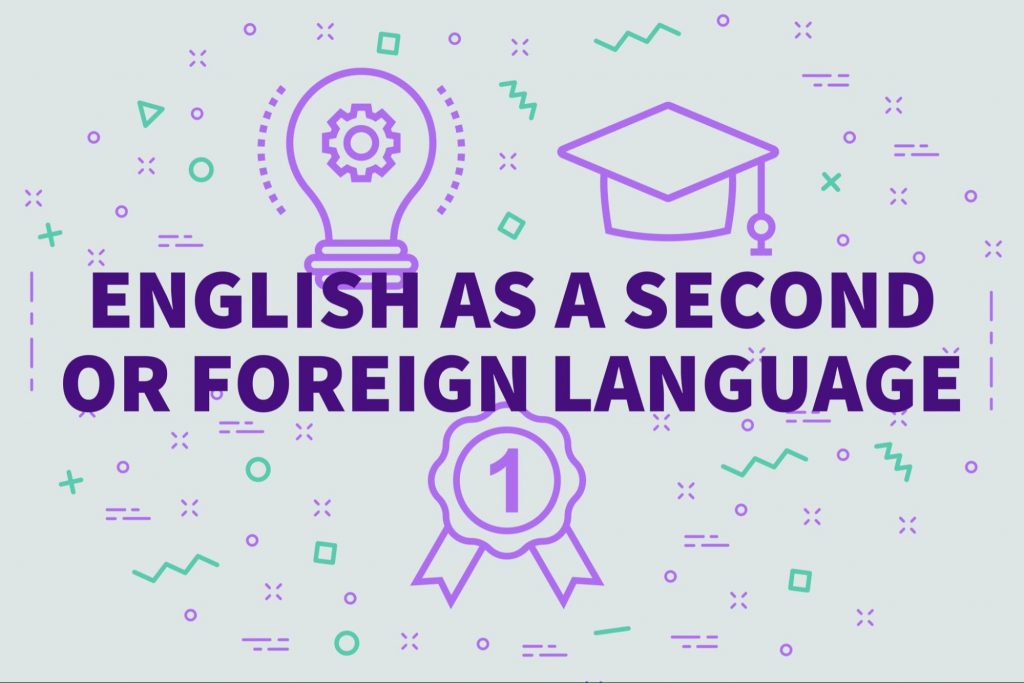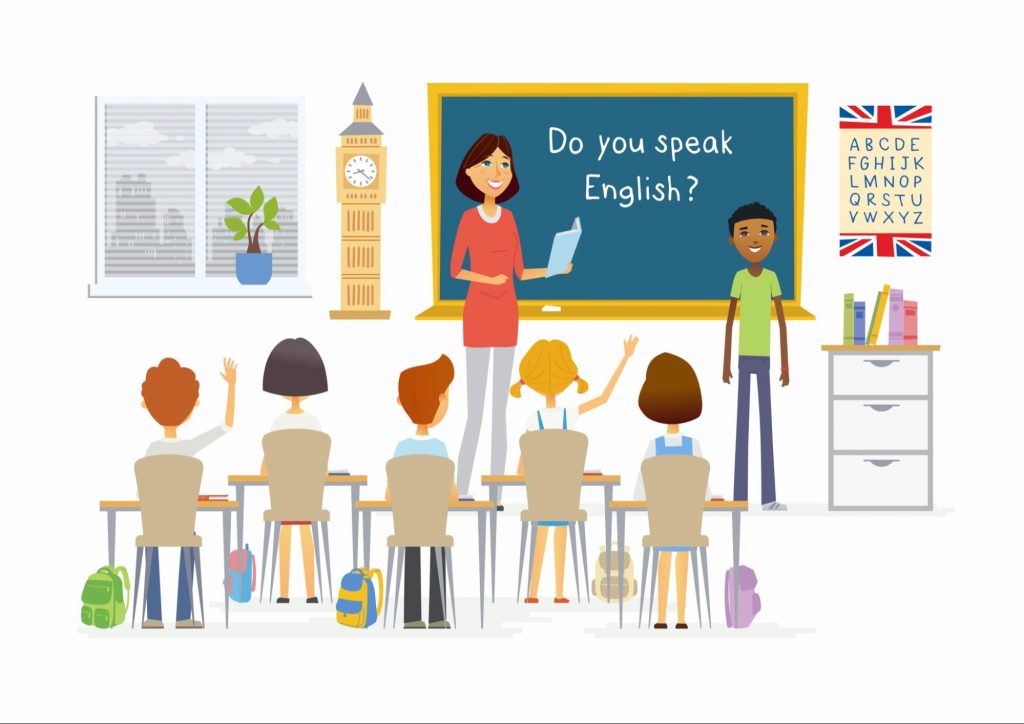Teaching English As A Second Language: Best ESL Teaching Strategies
Teaching English as a second language can be a rewarding career path for many. Deciding how and where you want to teach, and then what ESL teaching strategy will be best for you and your students, are both important to success and happiness as an ESL teacher. In this article, we hope to help make the choice to become a teacher as rewarding as possible by taking a look at the different ways to become an ESL teacher, methods for teaching, and the best tools and resources for language teachers.

Becoming An ESL Teacher
For those just getting started in teaching English as a second language, there are a few questions that you need to ask yourself as you set out on your path.
- Where do I want to teach? – Teaching ESL in your home country can be a great opportunity to help students who are trying to acclimate to a new home. For those looking for travel and adventure, teaching ESL abroad might be the more attractive option.
- Who do I want to teach? – Teaching English as a second language offers options for who you want to teach. Teaching children in classrooms might be the path that some find most rewarding, while others might prefer to teach adults in classrooms, short-term language schools, or corporate settings. Both have advantages as well as challenges, and as such can be one of the more important choices future ESL teachers can make.
- How Long Do You Want To Teach? – Some people choose to go into teaching ESL as a long term career option, while others use it as a way to experience the world and travel for a while. If you aren’t sure, you can approach it with the gusto of a long term teacher and then move on if the time feels right.
Once you have thought about questions, then the next step is to become an ESL teacher.
Education and Certification
If you want to learn how to teach English as a second language, there are many great options for you to choose from. For many countries, you will be expected to have a bachelor’s degree along with a recognized ESL certification, and in others you might only need the certification. In order to have the most options available to you, a college education will be important to have, especially if you are considering ESL education as a long term career.
When it comes to certifications, there are more than a few certificates to choose from. Research what fits your goals, and what is accepted in places you are wanting to teach. Here are just a few of the options that are the most widely accepted.
- TEFL (Teaching English As A Foreign Language) – This is the certification that is considered to be the gold-standard for teaching English in Non-English speaking countries.
- TESL (Teaching English as a Second Language) – For those looking to teach English in an English speaking country, TESL certification is the option for you.
- TESOL Teaching English To Speakers of Other Languages) – TESOL certification is sort of the “best of both worlds’ of the first two. It is often recommended for teachers who will be teaching in their home country, but also want to enjoy the option of teaching abroad too.

All of these certifications have both online and in person course options, as well as hybrid courses. Do your courses, study, and pass your exams in order to complete your training to teach English as a second language, then you will be on your way to finding a job as an ESL teacher.
Being The Best ESL Teacher You Can Be
Once you are working as an ESL teacher, that doesn’t mean your learning is over. Great teachers always are refining their skills, finding new resources, keeping up with the latest teaching advances, and generally continuing to improve in their chosen field. We are now going to look at some ways to improve your ESL teaching strategies. Find what works best in your classroom and with your students, and keep the students’ English language skills growing along with your teaching skills.
ESL Teaching Methods
There are a few popular methods for teaching ESL, each one has its advantages and can all be used to improve the educational experience for your students. Schools often have preferred methods, but having knowledge of others can help get through some of the tougher situations that might require a different approach for teaching vocabulary in a foreign language.
- The Direct Method – All lessons in the direct method are taught using only English and you are not allowed to translate in class, though mistakes can be corrected. Many online schools as well as schools in Japan use this method and require English to be the only language spoken in class.
- Communicative Language Teaching – With CLT, students learn to communicate in real world ways. CLT is focused on achieving fluency and the ability for the student to express themselves, ask questions, make polite requests, and other similar conversations.
- Task-based Learning – In the task based learning method, the students are given tasks to help them build their language skills. The students learn by asking questions, participating in problem solving, and other projects. This method can help keep the students engaged and motivated.
- Total Physical Response – Body language is an important part of language and culture. TPR helps by having the students respond physically to the lesson with body language or gestures. This method helps students to make a better connection with the vocabulary they are learning, along with keeping them focused on the lesson.
For many teachers, a combination of these methods is the most effective and it keeps the lessons interesting to the students.
Keep Improving Your ESL Teaching Strategy
Learning English as a second language is not easy, and as a teacher you should always be aware and sensitive to that fact. Doing what you can to make the process easy for your students is important. Teaching vocabulary to ESL students is only part of the job, you also have to help them connect to the language.

- Be Respectful of Culture – Students will often have a different cultural experience than yourself. Learn to communicate and understand them in ways that will help them connect with your classroom. This is even more true in classes in English speaking countries where your students might come from a multitude of backgrounds, languages, and cultures. Make sure you (if possible) pair new students up with others of their culture/language who can help them to adjust.
- Slow down and be patient – As a native English speaker, it can be easy to speak too fast for students to understand. Learn to speak to your students slowly and clearly, and give them space to think when you ask a question. Give a 3-5 send break after you ask a question, let the students process, and watch the results roll in.
- Keep Your Lessons Diverse – Students respond to different kinds of lessons in different ways. Having them write, speak, listen, or even draw will all bring out different responses and engage students in varied ways. Give your students as many ways to engage with the language and lessons as possible and stimulate different learning strengths.
Use Technology To Teach ESL
Technology has brought a revolution to multilingual education, and teachers should take every opportunity to use this ESL teaching resource to their advantage. From ESL teaching materials to app based tools for teaching foreign languages, technology abounds with educational possibilities. Here are a few of the best apps for ESL teachers.
- Encore!!! – Encore!!! is one of the best apps to use in the classroom and out. Encore!!! gives teachers the ability to make their own lesson plans in the app, and create lessons that can help specific students. You can choose the vocabulary they are learning, create lessons that use pop culture, or even just adjust the pace of the lessons to best suit your class or students. Encore!!! can also be a testing tool for language teachers that lets them create tests, and have students complete them right in the app.
Encore!!! is unique in the language learning app space because it offers the level of customization that it does, along with its use of the tried and tested L1 – L2 learning method where vocabulary is repeated first in the native language and then in the target language. - Entertainment Apps (Netflix, Hulu, etc) – Entertainment apps such as Netflix are excellent, if unexpected, ESL resources for teachers. With options for different spoken languages and subtitles, these can use forms of entertainment familiar to students to help them learn English in an immersive and engaging way.
Conclusion
The decision to become an English as a second language teacher can be a very rewarding one. Hopefully this article gave you some insight on how to teach ESL, from becoming a teacher to refining your skills by learning new methods of teaching. Much like your students, you always have something new to learn to make yourself the best ESL educator you can be.
From connecting with your students on a cultural level, to using apps such as Encore!!! to enhance the learning experience, finding new strategies for teaching English as a second language will benefit both you and your students.
Frequently Asked Questions About ESL Teaching
What is ESL teaching?
ESL teaching is short for teaching English as a Second Language. This consists of teaching Non-English speakers how to speak English.
Do you have to be bilingual to teach ESL?
While it is helpful to be bilingual to teach ESL, in many classrooms you will be speaking and communicating in only English. This means that it is not always required to be bilingual to be a teacher, and some schools and countries actually prefer hiring teachers who are not.
What qualifications do you need to teach English as a second language?
The qualifications to teach English as a second language can vary by country or school. Most schools will expect you to have one of the ESL teaching certifications, and others will also want you to have a bachelor’s degree.
Can I teach ESL without a degree?
Yes! While having a degree can open more doors to you and allow you to teach ESL in a wider range of schools and countries, you can get by as an ESL teacher with only a certification.
Where do I start teaching English as a second language?
The best place to start is by getting an ESL certification. Once you have the certification, then you can start looking on ESL job boards or contacting schools to find the teaching opportunity that appeals most to you.
Is ESL teacher a good career?
Like any career, a career as an ESL teacher is ultimately what you make of it. If you put time and effort into your own education and building your skills, then you can climb the ladder to success.

